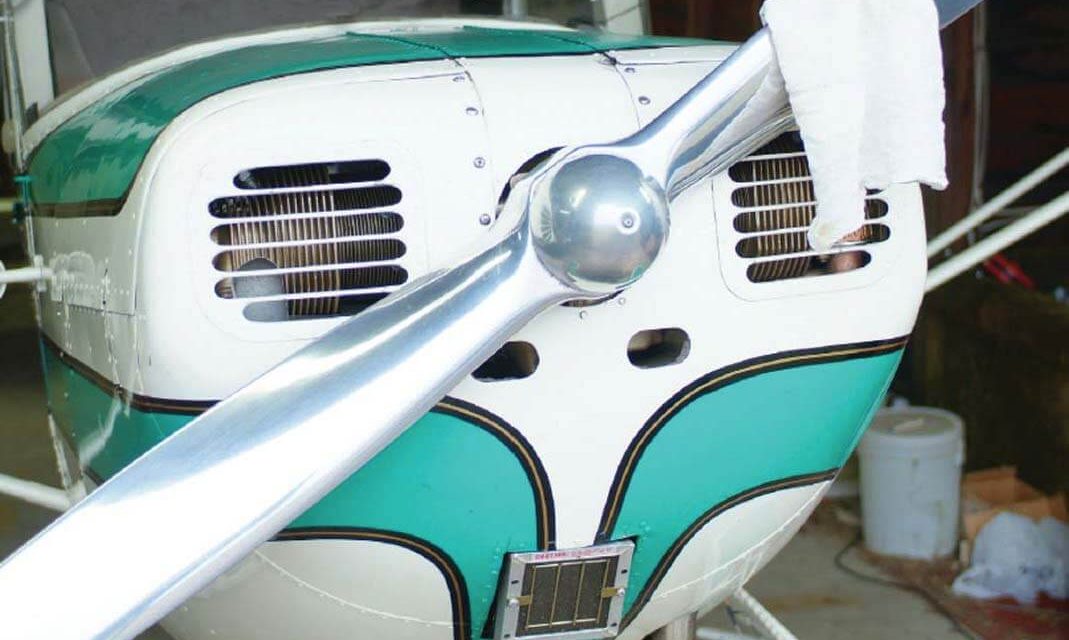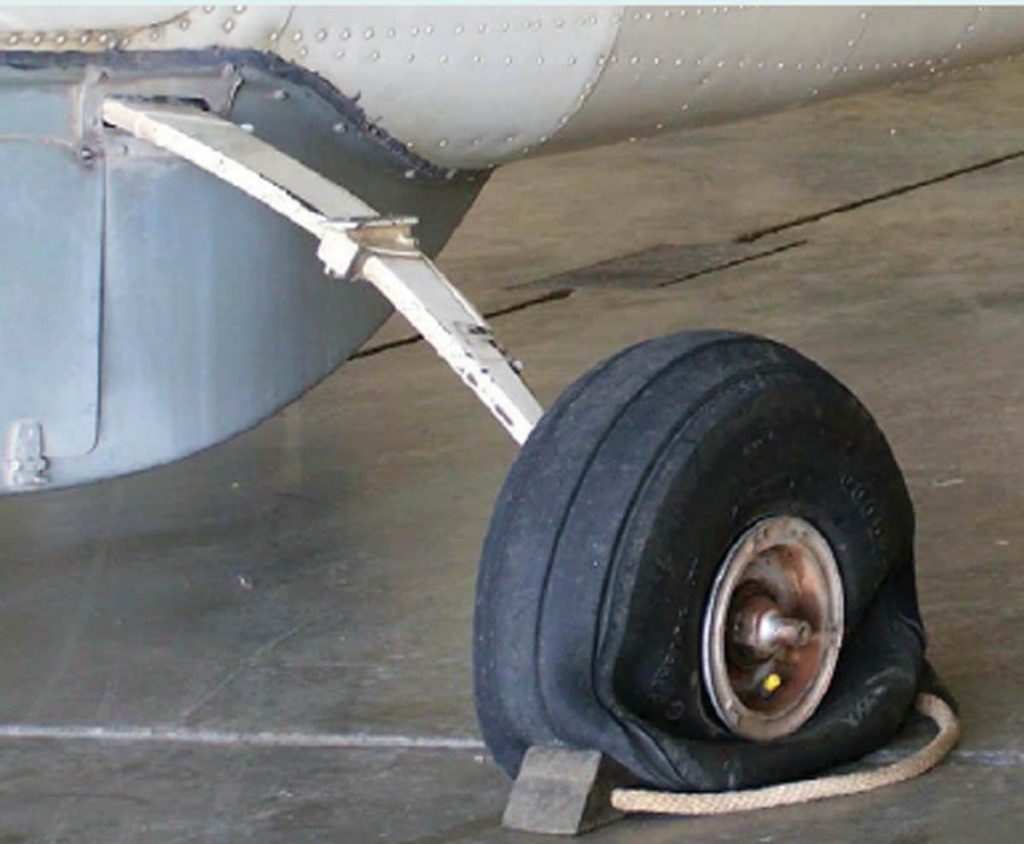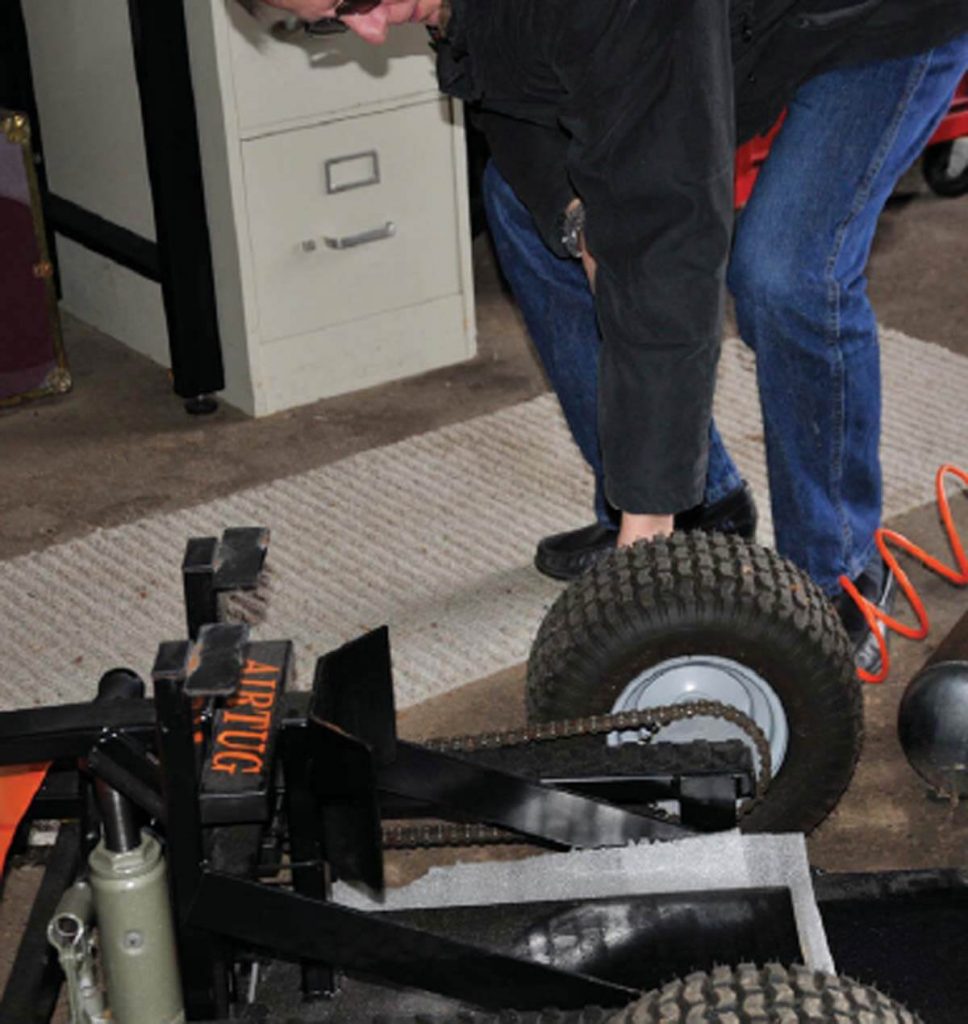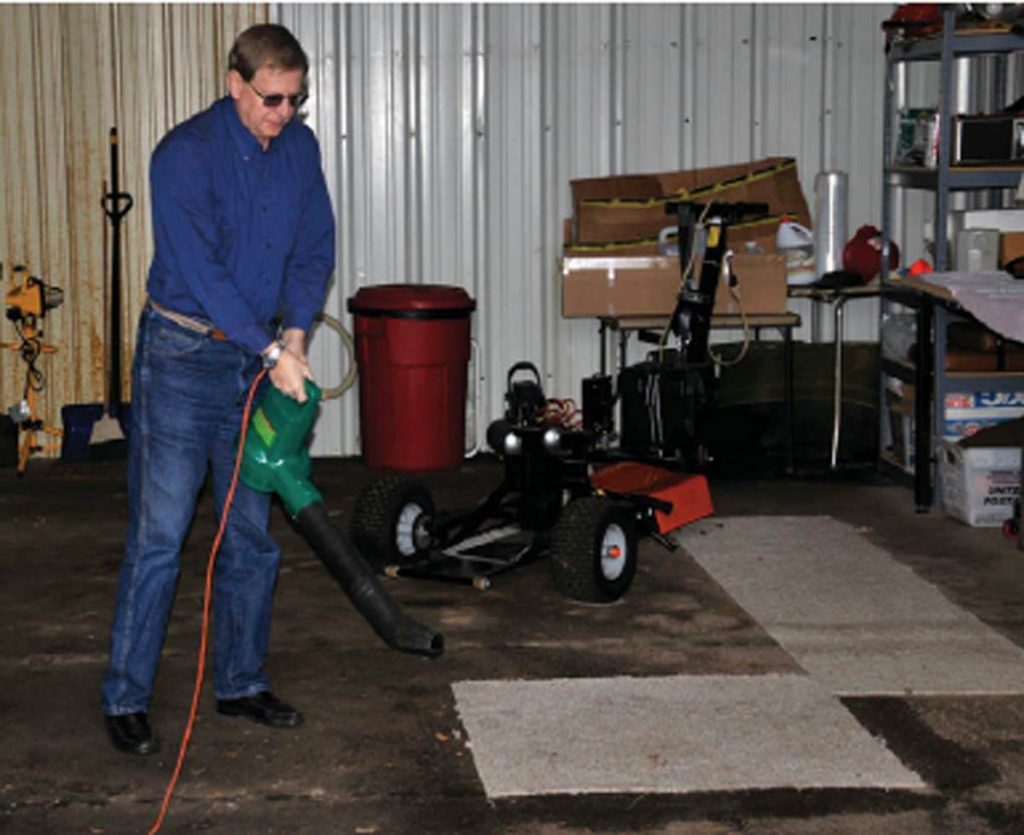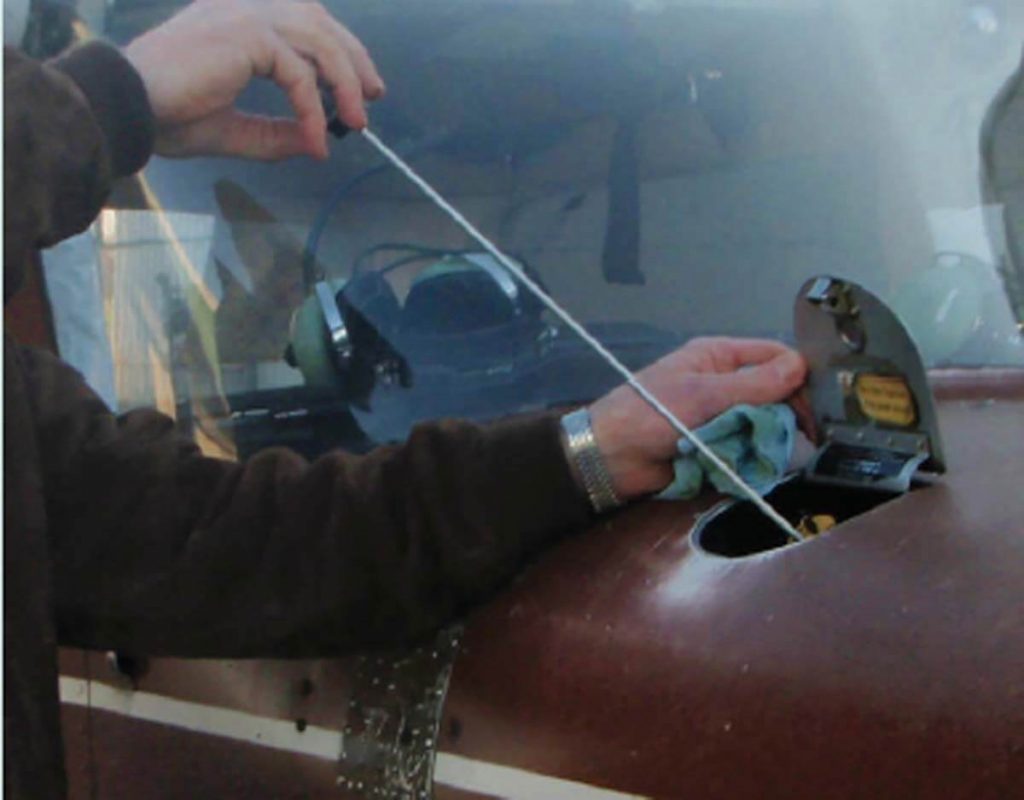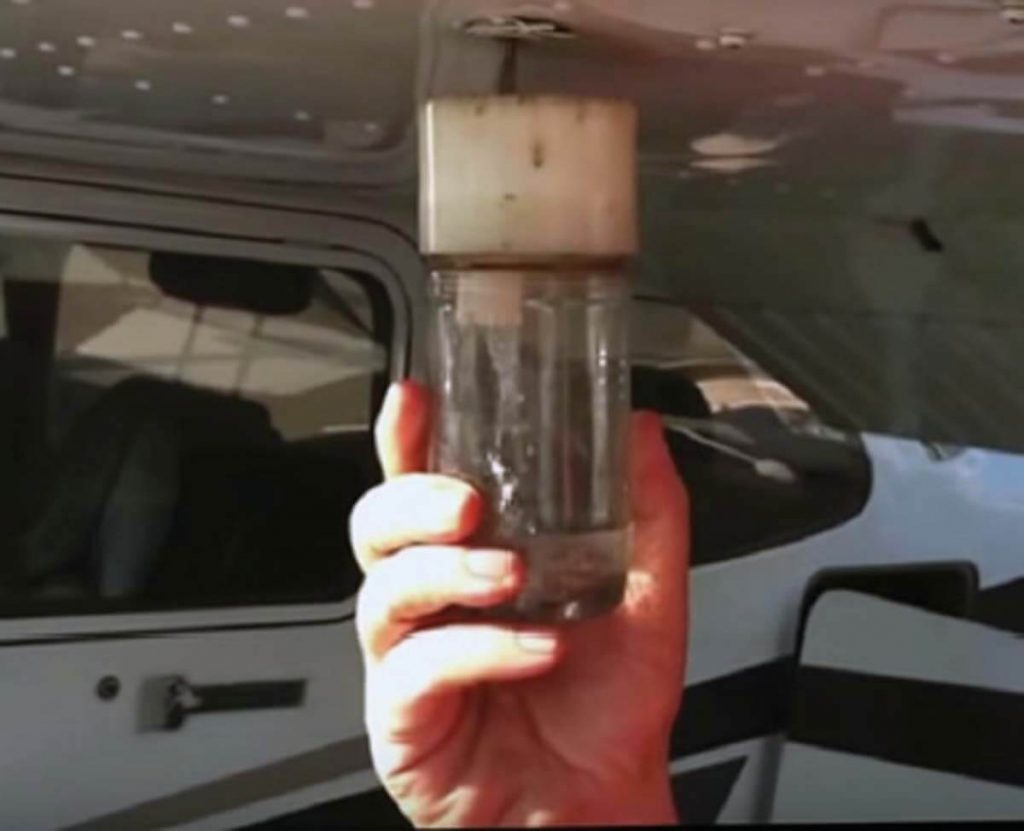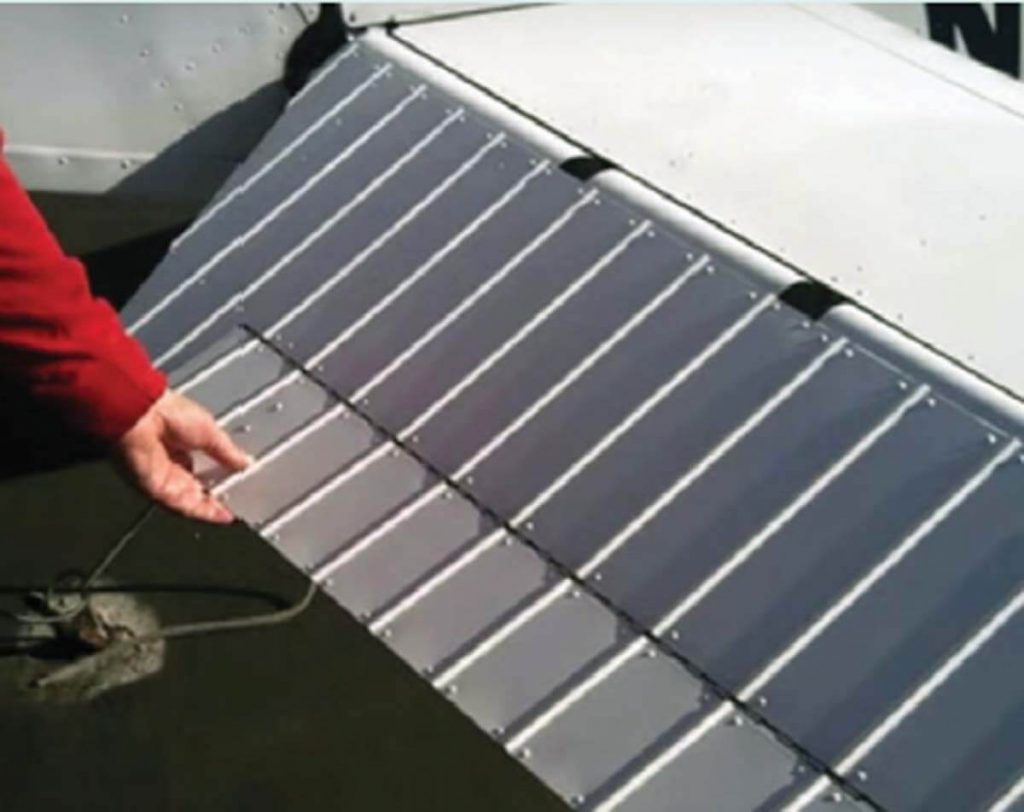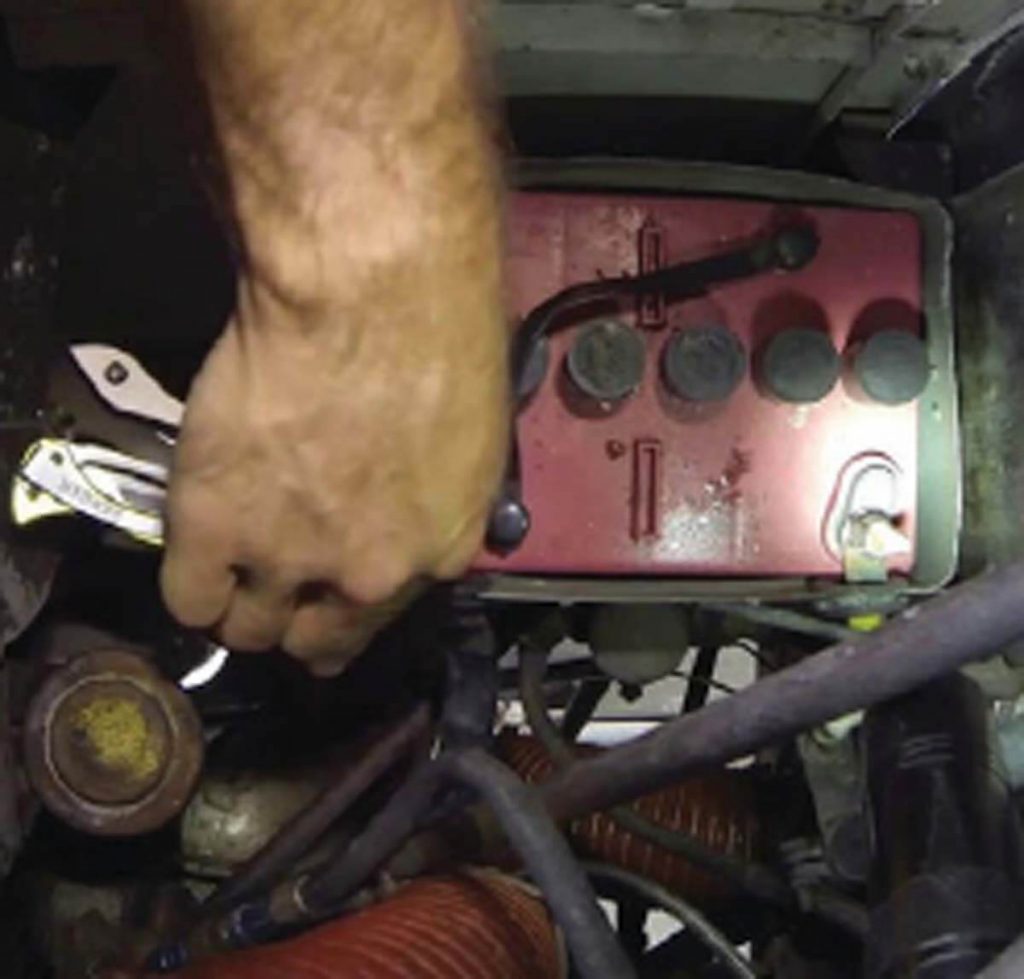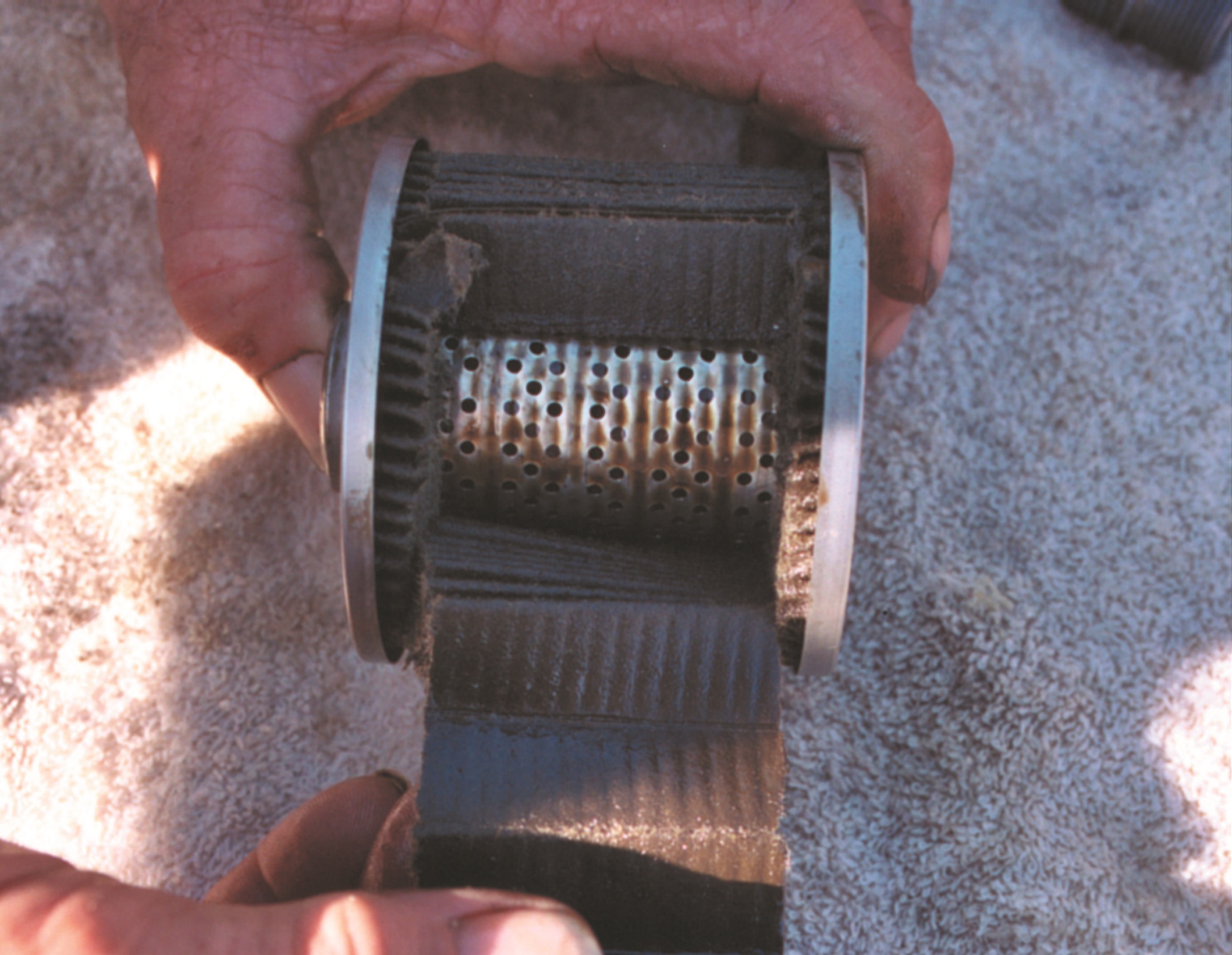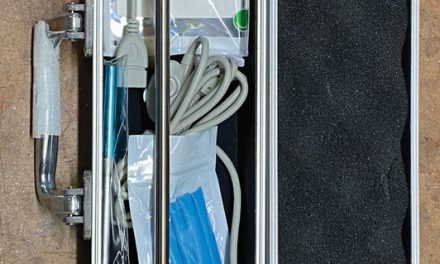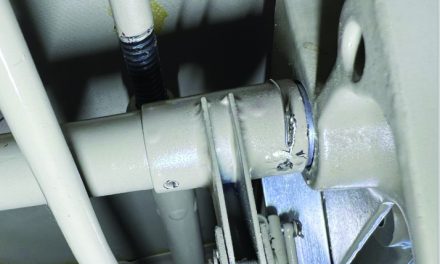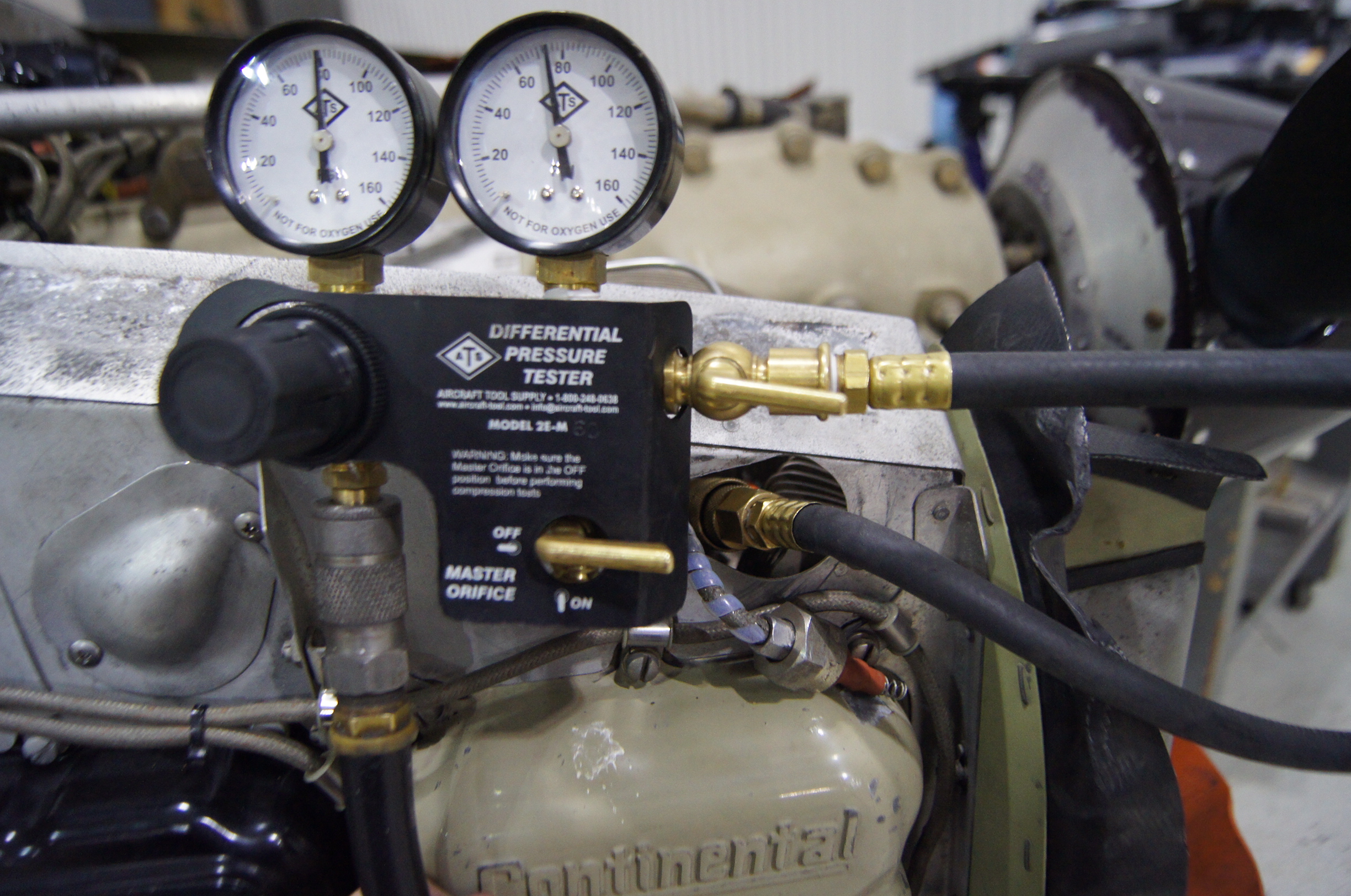Whether we intend to go flying or not, we pilots are fascinated (if not obsessed) with weather and, if you’re like me, you probably watch The Weather Channel at least a few times each week. You know the seasons are changing when Jim Cantore shows up on the screen donning his L.L. Bean/Weather Channel jacket, and when he starts talking about thunderstorms, tornados and hurricanes you know spring is here.
Though I’ve enjoyed this winter’s flying excursions, I’m definitely ready for spring. The last of the snow and ice have melted away and it’s finally time to head to the airport to begin my spring cleaning ritual. If you don’t have a ritual of your own, you might consider using mine and adapting it to your needs.
First things first: if you haven’t been to the airport in three months or more, you may need to remember where the hangar key is and, perhaps, what hangar you’re in. I trust that you can home in on your airplane without any trouble, but if you can’t, don’t make the mistake of asking your spouse – not a good idea!
Assuming you know the airport and hanger where your plane is hangared and you have the hangar key or lock combination, it’s time to get into your car and go.
Oh, and if the squirrels are out and the grass is greening up, consider taking your dog along for the drive; she’ll appreciate it!
Now, get that hangar door open, give your airplane a big hug (or a nice pat on the nose bowl) and get ready for a brand-new flying season with these perennial spring-cleaning tips:
- Oil the lock on the hangar door
Consider greasing your hangar door rails or tracks, too. - Clean your plane
Wash the windows (if not the entire exterior), vacuum the interior, and generally freshen up whatever items you’re comfortable cleaning. - Inspect the tires
Check your airplane’s tire pressure and pump up your tires if necessary. - Test your tug
If you have an aircraft tug, check its tire pressure and (if battery-operated) check the battery fluid level. If your tug isn’t working, now is the time to perform any needed maintenance. - Clean out your hangar
Weather permitting; remove your aircraft from your hangar and away from the door. With either a broom or a leaf blower (I prefer the latter), clean your hangar floor. Dust and dirt will ultimately end up in aircraft carpet and your vacuum system if you don’t clean your plane and hangar regularly. Remember, instruments in need of overhaul cost you a lot more than the little time and effort it takes to simply clean up! - Check your oil
Do you have any? Does it need changing? Make sure you get your oil up to 180°F+ to boil off any condensed water in your oil. You can’t do this by idling; you have to be airborne to accomplish this. NOTE: Don’t forget to remove your oil cooler winterization plates, if you have any. And if you own a twin, be sure to remove your winter deicing hotplate for the season, too. - Check your fuel
Make sure you thoroughly drain any water from your gasoline. Shake the wings first to move any condensed water down to the drain and be sure you check all of the drains (my airplane has 10). - Thoroughly preflight your plane
Don’t take any shortcuts! Check those ailerons and elevators. Check the bolts on the horizontal stabilizer by wiggling the tips and feeling for looseness. If there is any, don’t fl y until you have your A&P check those bolts. There are only four that hold the whole stabilizer on; don’t take chances. - Check the battery
Check the fluid levels. If the cells are low, only fill your battery with distilled water (if it’s the kind of battery that takes water). If in doubt, check the battery manual or ask your A&P. If you have a battery tender connected, you can remove it now. - Start your plane
Follow the checklist for engine start and don’t skip any checks. Your airplane may not have been used for a while, so you need to be extra careful. If everything checks out, go fly and have fun!
Bonus tip: In addition to monitoring problems with the airplane, be wary of any pilot problems, too. If the last time your airplane flew was also the last time you were behind the yoke, you may have some “issues” of your own!

